Troops obliterate to liberate Ukraine towns on road to Mariupol
The road to Mariupol could be lined with western missiles. Instead each village brings another bloody fight.
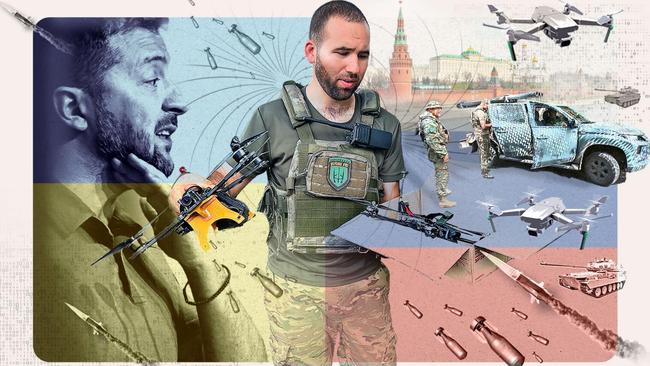
The troop carrier had barely come to a halt when the driver began screaming for private Oleh and his platoon to leave the vehicle. The armoured doors opened to a pale blue sky churning with metal.
“The driver was panicking, shouting ‘you f***ing condoms, move faster’ – I was the last to get out, I had to grab a pile of grenade launchers and just throw them out of the vehicle, the ammo, the boxes with grenades, everything,” Oleh, 42, told The Times. “He was screaming even louder than the mortars being fired at us.”
Almost as one, 12 men dived for cover in the brick shed of a nearby cottage, the only building they could see that was still intact.
Oleh’s platoon of the Ares battalion, Ukrainian Volunteer Army (UVA), were to link up with the 35th Marine Brigade and clear the Russians from Staromaiorske on the narrow, winding T0158 road to Mariupol.
At first glance the settlement, with a pre-war population of 839, hardly seems worth shedding blood over. Yet look closely at a map and you see the little road provides an alternative route to the coast than the major highways saturated with Russian mines.
President Zelensky hailed Staromaiorske’s capture on Thursday as part of “good news from the front … Our south! Our troops! Glory to Ukraine!”
US officials briefed that the main thrust of Ukraine’s counteroffensive is now under way, with thousands of additional troops and vehicles thrown into the fight to reach the coast. Here on the road to Mariupol, however, the view looks rather different.
It is hard graft by only the most-motivated soldiers. Expensive western-supplied armour would be too vulnerable in the narrow streets. So after smashing it with artillery, the capture of each village has become a bruising firefight, infantry on infantry.
Western officials have blamed the counteroffensive’s slow progress on the lush green canopies that have sprung up all around the region after summer rains, hiding Russian emplacements. The real reason – that Ukraine does not have essential air power or long-range missiles – is rather more embarrassing for the western governments that baulked so long at providing them.

The marines had already swept Staromaiorkse, Oleh’s platoon were told, when they were sent in last week. This was not entirely true. The 35th had kicked in doors and thrown grenades into the underground cellars they knew the Russians liked to use for shelter from previous firefights. But as the men of Ares entered, the Russians waited in trenches dug deep into gardens, vegetable patches and chicken pens. Only when the Ukrainians were upon them, did they emerge and open fire.
“They let us approach as close as 20m before shooting,” Oleh says. “They got smarter after we knocked them out of Neskuchne. The simple head-on approach does not fly any more.”
Neskuchne is where the Russians built their first line of defence on this route to Mariupol. The sleepy village’s name, meaning “not boring”, was meant to be ironic. It has ceased to be ironic now. In fact, Neskuchne has ceased to exist. The Ukrainians have had to obliterate it to liberate it. The manoeuvre warfare of the Kyiv and Kharkiv counteroffensives has been replaced by Soviet-style tactics – attrite and advance.
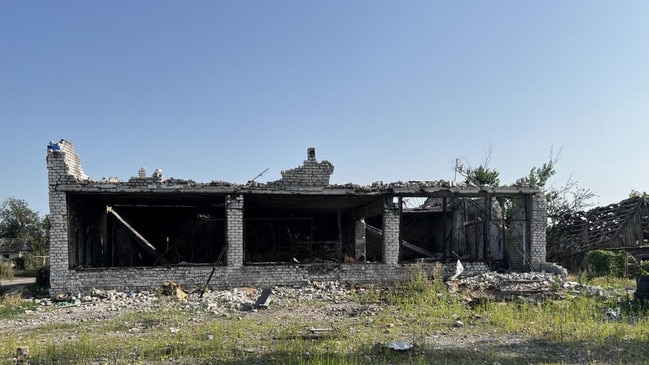
Over the past eight weeks the Ukrainians have fought south down the road through Blahodatne, Storozheve, then Makarivka, now Staromaiorske. Cottage by cottage, Oleh’s platoon fought the Russians with rifles, grenades and portable antitank weapons.
A trench would be taken one night, then the Russians would hit them the next day with artillery. After that they would come back to try to retake them. Some of the battalion’s positions would be cut off for days, with soldiers eking out an existence on sips of water as they tried to bat back Russian counterattacks.
For one week, Oleh’s unit experienced hell, he said. He saw his comrades carried away bloodied, concussed or shell-shocked. One was killed.
Then, when a Russian armoured personnel carrier rolled into the village, they thought they were done for. The marines closest were armed only with rifles and a heavy machinegun, and could only watch as it rolled up to the village school, its gun pointed in the direction of the Ukrainian positions.
They braced for it to fire. Instead, five Russian paratroopers emerged from the building and dashed into the vehicle’s protective hull. The Russians were withdrawing. On Wednesday the UVA’s thermal imaging drones captured them on camera as they fled to the nearby village of Urozhaine.
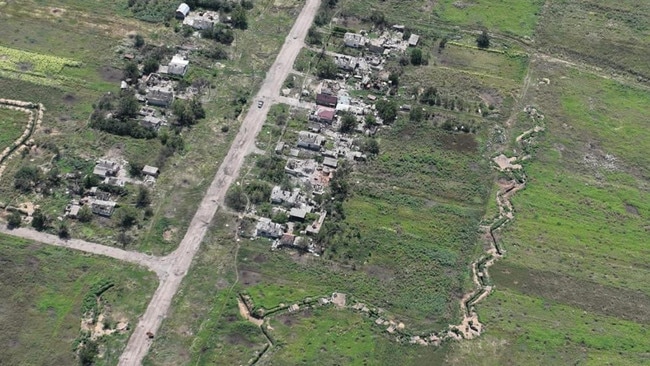
By Thursday the Ukrainian forces were able to pull out those in Oleh’s platoon who were still standing, rotating in fresh troops to fortify the damaged positions they had taken from the Russians. On Thursday night, Ukraine controlled all the village streets.
“Staromaiorske was the biggest concentration point for them in the region,” Oleh says. “They just didn’t see us coming, they didn’t expect us to push so hard.”
The Ares battalion of the UVA, a territorial defence unit composed mostly of men and women from the nearby city of Kryvyi Rih, Zelensky’s home town, were sent into Staromaiorske because they are highly motivated. They are also resourceful.
An artillery crew demonstrated to The Times how they had taken launch tubes from a burnt-out Russian Grad rocket launcher and welded them to the back of a pick-up truck to create their own multiple launch rocket system.
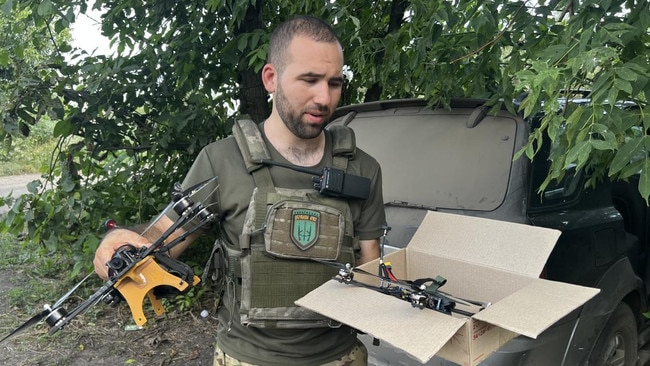
In neighbouring Storozheve, we hunkered down with their drone team, the thud and crash of incoming artillery far too close for comfort. An elongated splashing noise denoted the sound of Russian cluster munitions bursting nearby, said Father Serhii, 29, a chaplain-turned-suicide-drone-pilot, who said his new profession had been a “game-changer” in the battle.
“The price of this quadcopter is about $US500 ($750), but it is capable of hitting tanks and armoured vehicles that cost millions of dollars,” he said.
“We may not destroy the target at the first strike, but even if we use five drones and manage to set a tank on fire, it’s good for the economy of war. This is a super weapon.”
In the village of Komar, Thor, a Ukrainian special forces team, were waiting impatiently for a mission. Serhii, the team leader, said that the UVA and the marines had taken a week to secure the village and there were 12 more down the road. He looked up and grinned. “At this rate we’ll soon be in Mariupol.”
The Times
More Coverage
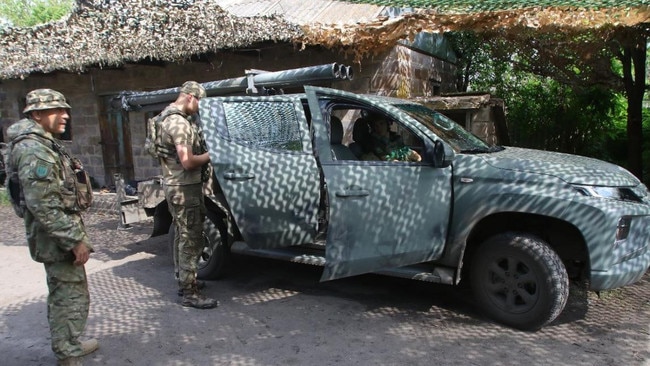

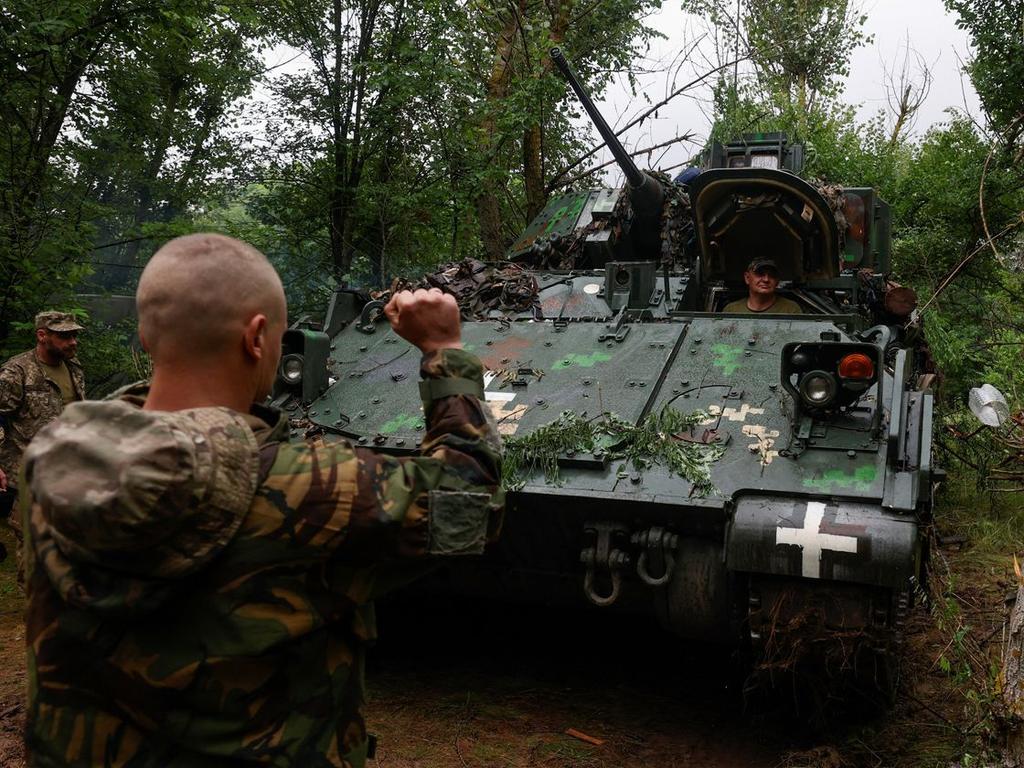
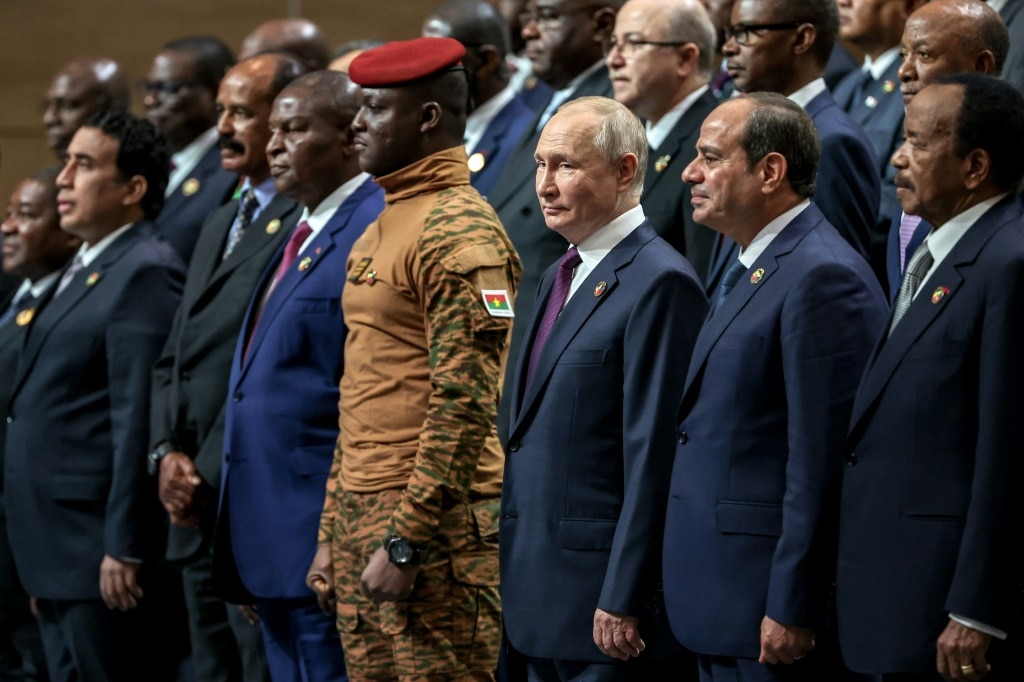



To join the conversation, please log in. Don't have an account? Register
Join the conversation, you are commenting as Logout